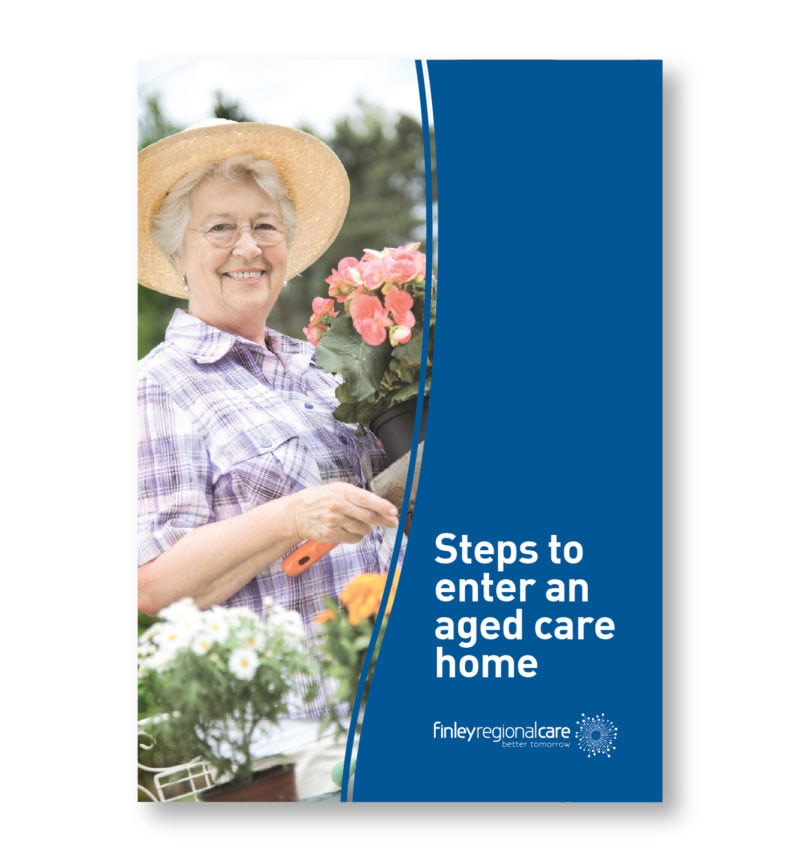Ageing is inevitable – but being able to drive is not. Your ability to drive will change as you age, often leading to unsafe driving. Once you hit the age of 65, it’s time to consider whether you are still able to drive safely without putting yourself or other drivers at risk on the road.
How driving is affected by age
Physical changes and the onset of health conditions are more common as we age, making driving more difficult as we get older. These include:
- Changes to your vision and hearing
- Changes to your response times and ability to move
- Diminished strength
- Slower reaction times
- Decreased ability to focus on many things at once
- Medical conditions
- Medications
You need to be aware of changes occurring and understand how they could affect your ability to drive safely.
How old is too old to drive?
Different states have different laws when it comes to driving, and you can find out what regulations apply in your state here.
In most cases, a medical examination is needed after a certain age to allow older drivers to keep on driving. Many medical conditions will impair your ability to drive, such as:
- Impaired vision
- Dementia
- Diabetes
- Seizures and epilepsy
- Lung disease
- Heart disease
- Kidney disease
- Vertigo or dizziness
- Strokes
- Parkinson’s disease
- Multiple sclerosis
Having one or more of these conditions does not necessarily mean that you are unable to drive. You might need a medical or driving evaluation to determine whether you can safely operate a motor vehicle with your condition.
What are the warning signs you might be unsafe to drive?
If you exhibit any of the following signs, it’s best to assess your fitness to drive, as driving might be becoming increasingly risky:
- You occasionally have minor accidents, near accidents or get speeding or red-light tickets
- Other drivers often sound their horns at you
- You sometimes lose your way or forget where you are going
- You sometimes find yourself falling asleep at the wheel
- You sometimes fail to see road signs or traffic lights
- You have difficulty reacting quickly to incidents on the road
- You have difficulty dealing with glare from streetlights or oncoming headlights
- You sometimes hit the wrong pedal
- You have lost confidence in your driving
- You feel uncomfortable driving when it’s busy
- You frequently need your passengers to help you
- You become angry and easily flustered when driving
- People prefer not to drive with you
- You have difficulty performing basic driving manoeuvres such as merging, changing lanes, braking or accelerating
- You find it harder to turn your head when parking or looking over your shoulder
- You drive too fast or slow for the conditions and speed limit
- Other cars or pedestrians seem to appear out of nowhere
- You have trouble staying in your lane
- You have memory problems, such as missing exits that used to be second nature
Here are some other signs that driving might be risky for you:
- You have recently been diagnosed with or suffer from a serious health condition (such as a heart condition or epilepsy)
- You take medication that may have an effect on your ability to drive
- You suffer from anxiety
Tips to help older drivers drive safely
However, just because you’re getting older doesn’t mean you’re not safe to drive. If you’re not displaying any of the warning signs that you are unsafe to drive, and feel confident and comfortable, there’s no reason you can’t continue driving as you get older. Here are some ways to help you stay on the road for longer:
- Plan your route to your destination, and try to drive mostly on familiar streets. You don’t have to always travel on the most direct route – try to choose one that is safer for you.
- Plan for plenty of rest stops on longer drives. Ensure you get plenty of sleep the night before a planned long drive.
- Drive during daylight hours whenever possible, and never drive at times when you would normally be sleeping.
- Drive during quieter times, not during rush hour where possible.
- Make sure you have no alcohol in your bloodstream when driving.
- If you drive a manual car, consider switching to an automatic one for ease of driving. Choose one with power brakes and steering and large mirrors.
- If places are too difficult to drive to, leave the car at home and find another mode of transport. Or drive to the nearest form of public transport, and use that to travel to your destination.
- Your reactions slow as you get older, so leave a greater distance between yourself and the car in front of you – at least two seconds, and more if driving at night or in wet weather.
- Stay active, fit and healthy to improve your strength and flexibility and give yourself the best chance of driving for as long as possible.
- Have regular vision and hearing tests to ensure you are safe to drive. Visit your doctor regularly and monitor any health conditions.
- Don’t feel pressured to drive faster than you’re comfortable with – if a line of traffic is building up behind you, find a safe place to pull off the road and let them pass.
- Take a few driving lessons to refresh your skills and knowledge.
- Refresh your knowledge of the road rules to make sure you are up to speed on everything.
- Discuss any medications you are taking with your doctor, and how they may affect your driving.
- Ensure you are sleeping well and getting plenty of sleep on a regular basis.
- Keep your car in good working condition, and don’t forgo regular services.
- Make sure your windscreen is always clean.
- Avoid distractions while driving, such as talking on the phone, consulting a map, eating or texting.
- Add extra travelling time to get to a destination so you don’t have to rush.
- Always wear your seat belt.
- Don’t drive when you’re angry or emotional.
Getting around without a car
If you need to stop driving, you might be concerned that getting around will now be difficult and you might not be able to do the things you want and need to do. However, you have many options for getting around without a car, and many are easier than you might think:
- Taxis or Ubers
- Bus (some areas provide low-cost bus services for seniors)
- Friends or family
- Home care services, which can provide you with transport
- Walking or cycling
It’s still possible to maintain your independence and lifestyle without the use of a car. If you’re put off by the cost of any of these modes of transport, just remember that it costs a lot to own, register, maintain and put petrol in a car. You can use the money you would have spent on your car to fund your car-less transportation methods. You may even find that there are many benefits to life without a car.
While ageing doesn’t always equal a loss of driving ability (many people are capable of driving into their 90s and beyond), it does mean it’s time to be more aware and careful. It’s important to be realistic about your capacity to drive, and ensure you have your driving and health evaluated regularly as you age.


 COVID-19 UPDATE 15
COVID-19 UPDATE 15